Introduction
The Ultimate Guide to Dachshund: Discover everything you need about this unique breed
- Learn why Dachshunds are adored for their distinctive long bodies
- Explore the breed's history, from its origins to its popularity today
- Understand the different Dachshund varieties and their unique traits
- Get essential tips on caring for and training your Dachshund effectively
- Find out about common health issues and how to keep your Dachshund healthy
- Learn about the best dietary practices to ensure your Dachshund’s well-being
- Dive into fun activities and exercises tailored for this energetic breed
1. Understanding the Dachshund Breed
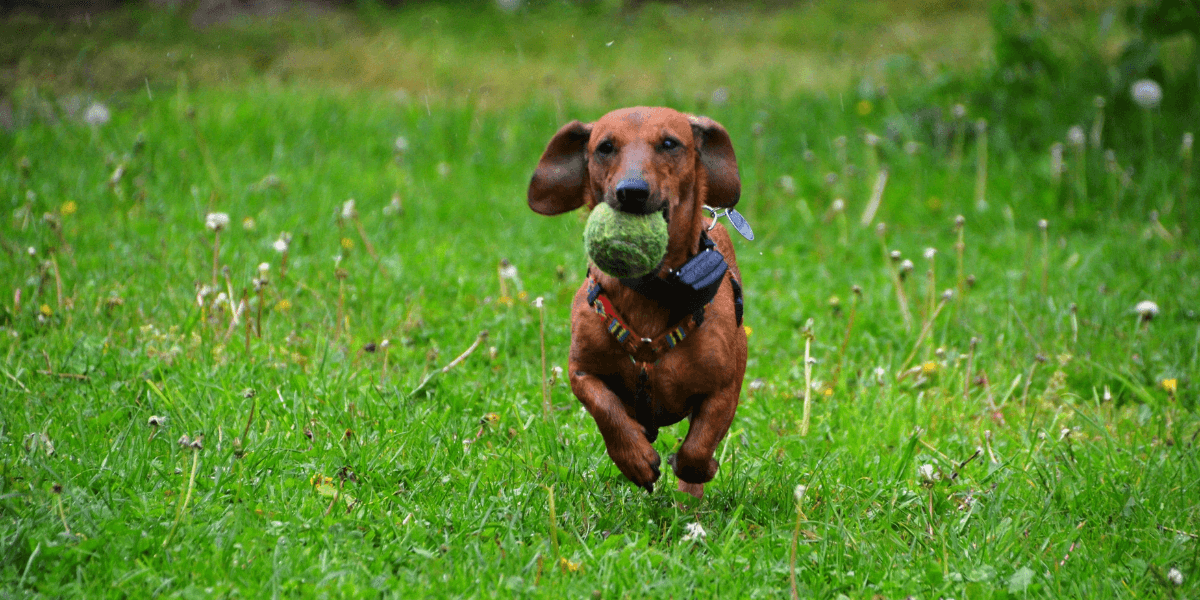
Dachshunds, often affectionately called "wiener dogs" or "sausage dogs"
They come in three coat types: smooth, long-haired, and wire-haired
Key Points:
- Smooth-Coated Dachshunds: Short, sleek fur that requires minimal grooming
- Long-Haired Dachshunds: Longer fur that needs regular brushing to prevent tangles
- Wire-Haired Dachshunds: Coarse, textured fur that may require occasional trimming
- Temperament: Dachshunds are lively and curious, with a bold personality
- Exercise Needs: Moderate exercise is vital; they enjoy short walks and playtime
2. Grooming Your Dachshund
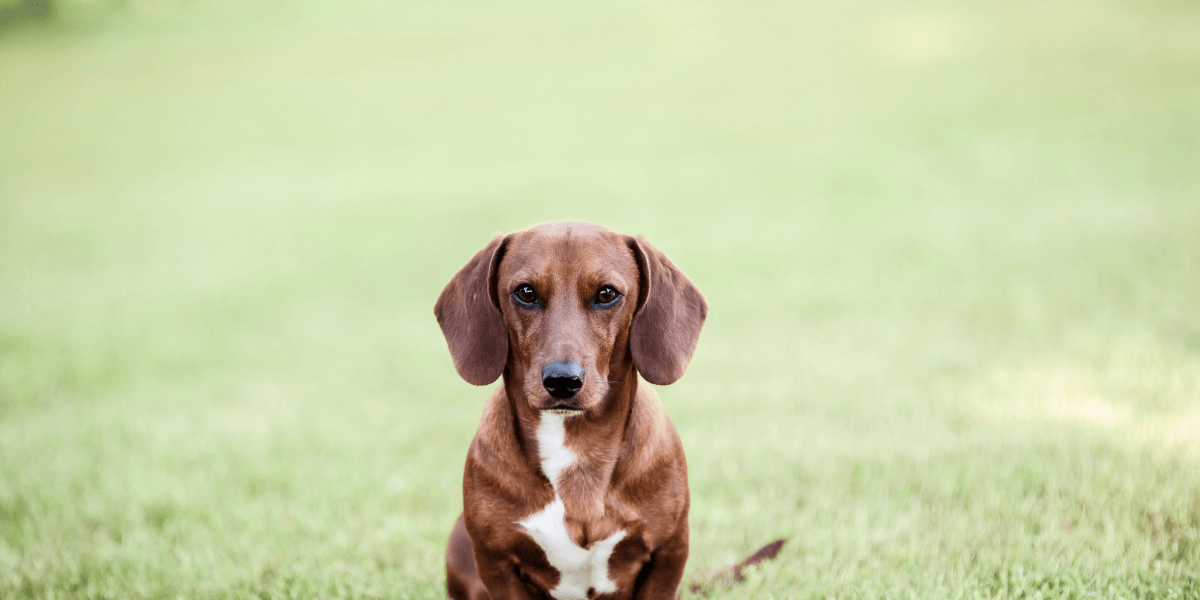
Proper grooming is essential for maintaining the health and appearance of your Dachshund
Depending on their coat type, grooming needs will vary
Here are some tips for each coat type:
-
Smooth-Coated:
- Brushing: Weekly brushing with a rubber brush or grooming mitt to remove loose hair
- Bathing: Bathe as needed, typically every 6-8 weeks
- Nail Trimming: Trim nails monthly to prevent overgrowth
-
Long-Haired:
- Brushing: Daily brushing to prevent matting and tangles
- Bathing: Bathe every 6-8 weeks or as needed
- Ear Cleaning: Check ears regularly for wax buildup
-
Wire-Haired:
- Brushing: Weekly brushing with a slicker brush to manage shedding and tangles
- Hand-Stripping: Occasionally remove dead hair to maintain coat texture
- Bathing: Every 6-8 weeks or as needed
3. Training Your Dachshund

Dachshunds are intelligent but can be stubborn
Consistent training and positive reinforcement are to raising a well-behaved Dachshund
Training Tips:
- Socialization: Expose your Dachshund to different environments, people, and other dogs
- Basic Commands: Teach commands such as "sit," "stay," and "come" using treats and praise
- House Training: Establish a routine for bathroom breaks and use crate training to aid in housebreaking
- Leash Training: Start leash training early to help your Dachshund walk politely on a leash
- Positive Reinforcement: Use rewards and praise to encourage good behavior and reinforce learning
4. Health Considerations
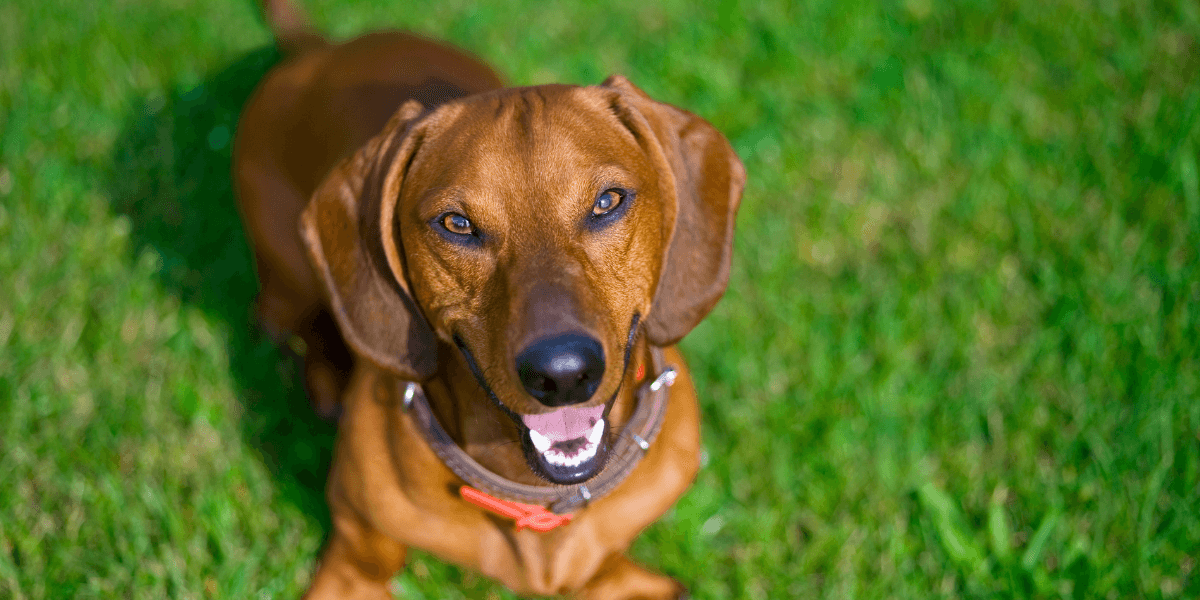
Dachshunds are prone to specific health issues due to their unique body structure.
Regular vet check-ups and awareness of common health concerns are crucial
Common Health Issues:
- Intervertebral Disc Disease (IVDD): Regular exercise and maintaining a healthy weight can help prevent it
- Obesity: Dachshunds are prone to weight gain, which can exacerbate back problems
- Dental Problems: Regular dental care is important to prevent dental disease
Health Tips:
- Diet: Provide a balanced diet appropriate for their age and size
- Exercise: Ensure regular, moderate exercise to keep them fit
- Check-Ups: Schedule annual vet visits for early detection of health issues
Learn how insights from Hip Dysplasia in Great Danes can help prevent joint issues in your Dachshund!
5. Feeding Your Dachshund
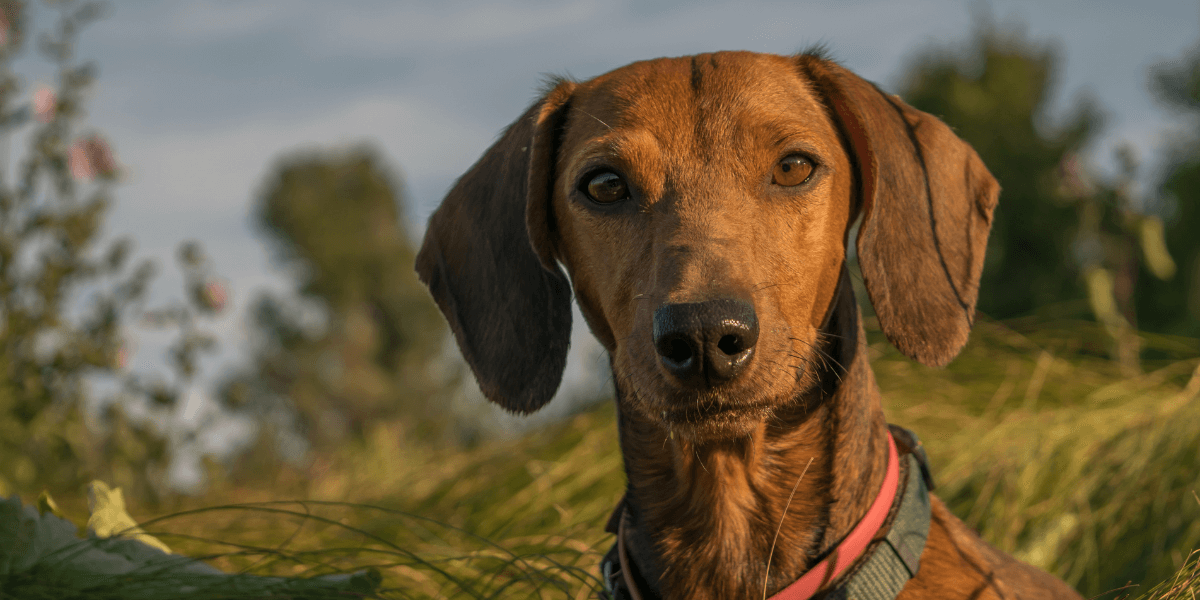
A balanced diet is vital for maintaining your Dachshund’s health and energy levels.
Feeding Guidelines:
- Age-Specific Diets: Puppies, adults, and seniors have different nutritional needs
- Portion Control: Follow feeding guidelines based on their weight and activity level
- Healthy Treats: Opt for low-calorie treats to avoid weight gain
- Balanced Nutrition: Choose high-quality dog food with a balanced mix of proteins, fats, and carbs
- Hydration: Always provide fresh water and monitor their intake to ensure they stay hydrated
6. Exercise Needs
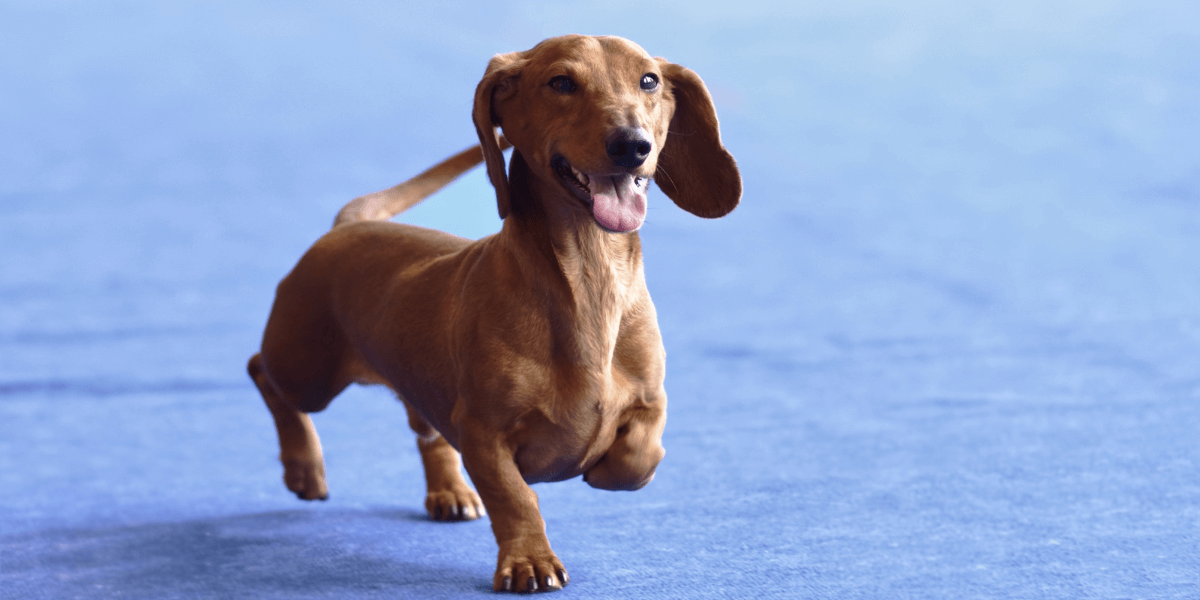
Dachshunds need regular exercise to stay healthy
But their exercise routine should be adapted to their physical condition and age
Exercise Tips:
- Daily Walks: Two 20-30-minute walks per day are ideal
- Playtime: Engage in interactive play to keep them mentally and physically stimulated
- Avoid High Impact: Be cautious with activities that put strain on their back
- Enrichment Activities: Incorporate puzzle toys and games to challenge their mind
- Gradual Increases: Slowly increase exercise duration and intensity to avoid overexertion
Discover training tips from Great Dane Training and learn how to adapt them to meet Dachshund exercise needs!
7. Living with a Dachshund
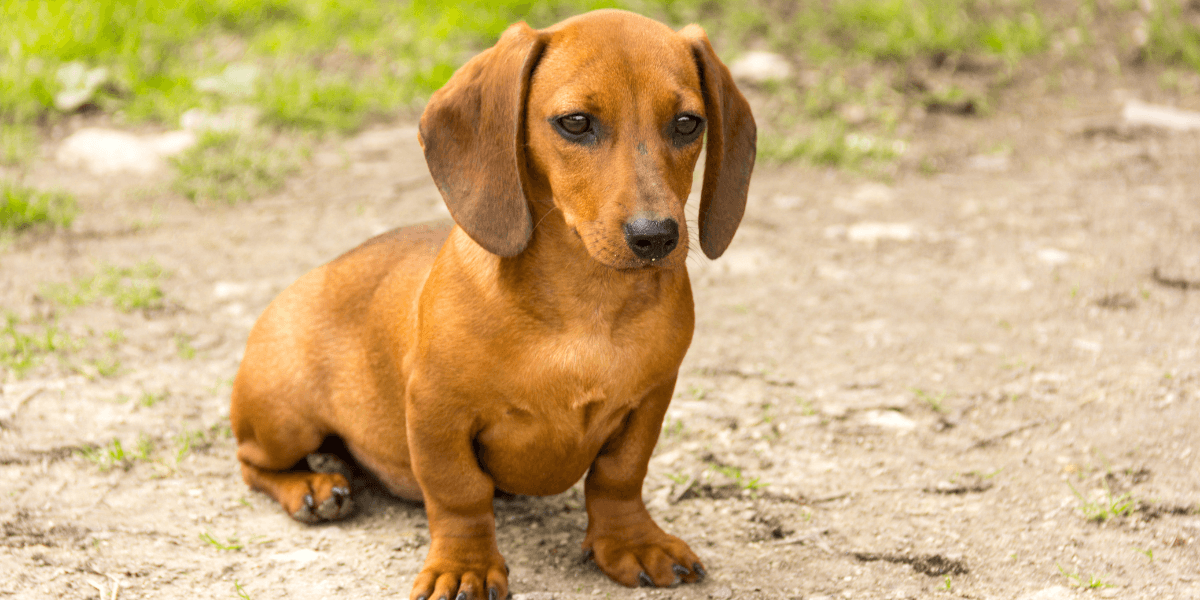
Dachshunds are known for their loving and playful nature, making them great companions.
Characteristics should be considered when integrating them into your home
Living Tips:
- Space: Dachshunds adapt well to both apartments and houses but need space to stretch and play
- Companionship: They are social dogs and thrive on interaction with their family
- Health Monitoring: Regularly check for signs of discomfort or health issues due to their long backs
See how Bernese Mountain Dogs and Family Life compares to living with a playful and loyal Dachshund!
FAQs
1. What is the Ultimate Guide to Dachshund about?
- It covers all aspects of Dachshund care and training
2. What are the key traits of a Dachshund?
- Dachshunds are known for their long bodies and lively personalities
3. How should I train my Dachshund?
- Use positive reinforcement and consistent commands
4. What should a Dachshund's diet include?
- A balanced diet with high-quality dog food and regular meals
5. How much exercise does a Dachshund need?
- Daily walks and playtime are essential for their health
6. Are Dachshunds good with children?
- Yes, they generally get along well with kids when socialized early
7. How often should I groom my Dachshund?
- Regular brushing and occasional baths keep their coat healthy
Conclusion
- The Ultimate Guide to Dachshund wraps up key insights into this beloved breed
- Reflect on the unique traits and care tips for keeping your Dachshund happy and healthy
- Revisit the breed's history and how it contributes to its distinct personality
- Consider the different Dachshund types and their specific needs for a well-rounded view
- Implement the training and care strategies discussed to enhance your Dachshund's life
- Keep an eye on common health issues and preventive measures to ensure long-term wellness
- Enjoy the activities and dietary tips provided to enrich your Dachshund's daily life
Leave a comment with your thoughts or additional tips!
Your feedback can help other Dachshund owners provide the best care for their pets!
References
For more information on the Ultimate Guide to Dachshund, check:
- How to train a Dachshund puppy – The Ultimate Guide to Dachshund
- Choosing the Best Orthopedic Dog Bed
- The Complete Guide to Miniature Dachshunds: A Step-by-Step Guide to Successfully
- The Ultimate Guide to Dachshund
- Orthopedic Dog Beds for Large Dogs: A Comprehensive Guide
Thank you!



